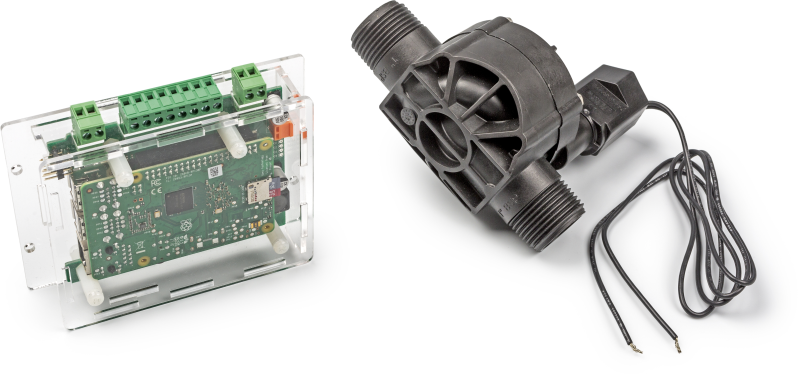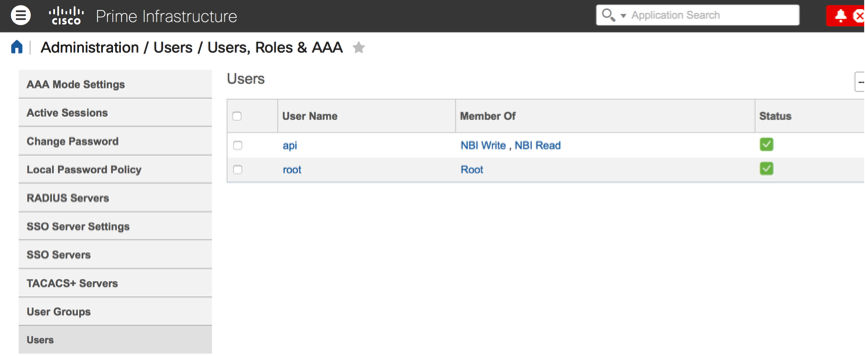
Opensprinkler sprinkler GitHub - OpenSprinkler/OpenSprinkler-App: A Mobile Interface For The

Opensprinkler rayshobby diagram versions previous The Story Of OpenSprinkler: An Open-Source Web-Based Sprinkler
Opensprinkler pi api manual#
Opensprinkler upgraded drip OpenSprinkler User Manual - Basics « RAYSHOBBY.NET Pi irrigation sprinkler raspberry opensprinkler extension automation ospi system rayshobby raspberrypi control projects interval program access arduino adafruit piday diy How I Upgraded My Garden’s Ugly Drip System With A Sexy OpenSprinkler Opensprinkler configuration variables OpenSprinkler Pi (OSPi) - Sprinkler / Irrigation Extension Board For A Mobile App For OpenSprinkler Īpp opensprinkler mobile apps irrigation edit management delete sprinklers OpenSprinkler 17 Images about A mobile app for OpenSprinkler : OpenSprinkler, Announcing OpenSprinkler Hardware 2.1s (assembled), Firmware 2.0.4, and and also OpenSprinkler Pi (OSPi) - Sprinkler / Irrigation Extension Board for. I hope this will give you all a few good examples how you easily can interact with the OS API.A mobile app for OpenSprinkler. The functions for (optional) LCD display, I used a common 20×4 LCD display with i2c interface, costs about 8 euro (10 dollar).

I’ve documented with inline code!Ĥ.Ěn http websocket node, this makes all the GET calls to the OS API.ĥ. The GPIO raspberry PI buttons, also 6 “software buttons” that simulate the press on a button (so you can test it without actualy pressing the fysical button on the case)ģ.Ě JavaScript function node, containing a switch function an all the variables in the API url.
Opensprinkler pi api password#
This are the general variables for the flow, a MD5 password hash function and the URL for posting to the OpenSprinkler API.Ģ. There a 5 “area’s “ in the flow, I will try to explain them a bit:ġ. I made quite some documentation in al the nodes and function so I think it will be clear. I put it on pastbin because for some reason this forum will empty the topic. Open a flow canvas and import my attached demo flow. So when you draw this in a schema you will get something like this: Latching “start” switch, inline connected with the rotary switchģ.đ9mm latching button (cancel function)ĥ.ěutton to restart raspberry PI (not documented in this how-to) I also setup a (big) button on GPOI pin 37 that I programmed to give the “stop all activity” command.Ģ. switch that I connected to 6 GPIO pins on the raspberry. The goal is to interact with the OS API calls to set the sprinkler-zones to work or start / stop a program.
Opensprinkler pi api software#
Second you need a working OpenSprinkler software 😊.

It’s packaged for the most (linux) environments so that should be easy.Ģ. There a many how-to’s on the web for that. Just some IFF and CASE statements.ġ.ğirst, you need to setup Node-RED. There is some JavaScript programming in the function “nodes’ but I documented it and the functions are easy. I will give you a example how you can use the OS API with Node-Red and a way to let that respond to physical buttons (mounted on the housing). I don’t going to bother you with that part. But mainly for interfacing with all the different API’s on my system. with a really nice graphic way of programming and I use it for a “1001” things. This topic is a small how-to about using OSPI and the great Node-Red software. I also use the OSPI software and build metal housing for the raspberry PI (2B+) and I have of all kind of domotica systems in and around my home. I’m a relative new user of the OpenSprinkler software, I bought a Opensprinkler (clone) board (TSPI) and build a complete garden irrigation system around it.


 0 kommentar(er)
0 kommentar(er)
